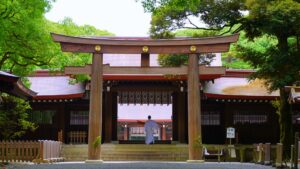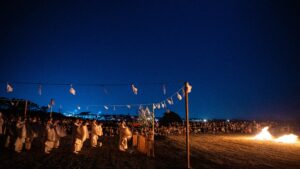TIME magazine compiled the list of the World’s Greatest Places 2023
Nagoya is introduced to the list
If, in addition to anime and whiskey, you seek a deep dive into Japan's Historical Sites, Nagoya, and its surroundings are some of the most suitable cities in Japan to visit. Situated between Tokyo and Osaka/Kyoto, Nagoya has played a pivotal role in Japanese history since ancient times. It was not only the birthplace of Minamoto Yoritomo, the first Samurai who established the Kamakura Shogunate but also the hometown of influential figures from the Warring States period, such as Oda Nobunaga and Toyotomi Hideyoshi, who vied for supremacy in their quest to unify the nation, and Tokugawa Ieyasu, who later ushered in an era of peaceful 260-year rule in Japan. The Atsuta Shrine is a significant landmark in Nagoya, enshrining the Kusanagi-no-Tsurugi sword, one of the three Imperial Regalia. This sword has safeguarded the imperial lineage for over 1500 years or 2600 years mythologically. Just a brief 30-minute journey away from Nagoya, Inuyama offers two national treasures; Inuyama Castle and the Joan Teahouse. Nagoya and Inumaya offer a profound exploration of Japanese history, culture, and traditions.
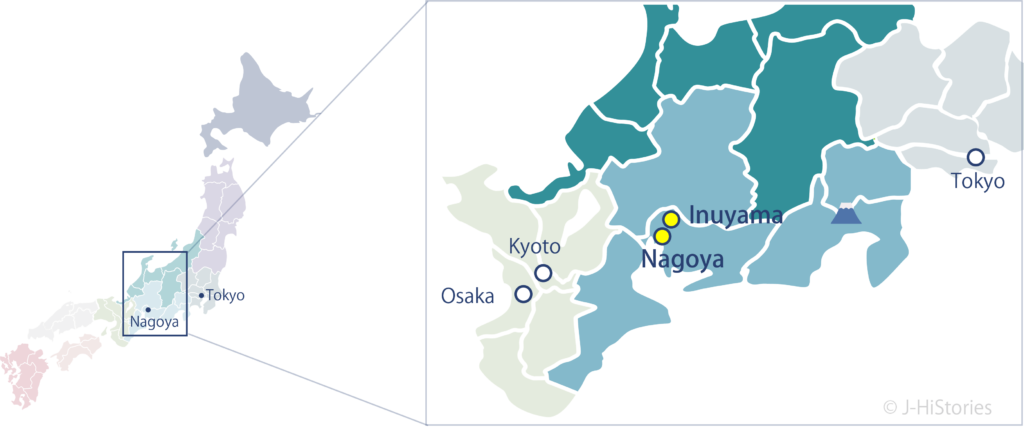

Nagoya
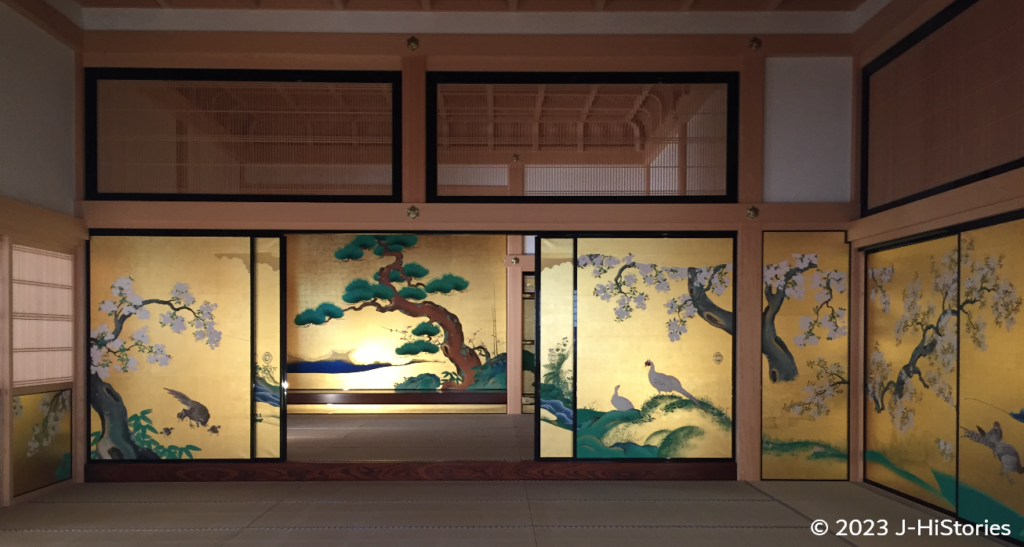
You can’t miss the overwhelming beauty of 1,049 sliding door paintings with gold foil in the Hommaru Palace of Nagoya Castle as the residence of the successive Owari Tokugawa Lords. Nagoya was one of the three major castle towns in Japan, along with Osaka and Edo (Tokyo) ruled by Owari Tokugawa Lord. In the 19th century, Nagoya played a key role in the Meiji Restoration, which led to the end of the Tokugawa Shogunate. The Owari Tokugawa family lived a robust life despite the rough and tumble of the times.

Astute Jingu Shrine is one of the most important Shinto shrines in Japan, along with Ise Jingu Shrine, enshrining the "Kusanagi-no-Tsurugi" sacred sword, one of the three Imperial regalia of Japan. Kusanagi-kan Museum is a treasure trove of swords including several National Treasures. One of the most famous Samurai, Oda Nobunaga, was born in Nagoya. Nobunaga prayed to the Atsuta-Okami deity to win the Battle of Okehazama, and his mere 2,000 soldiers made a great victory over Imagawa Yoshimoto's 25,000 soldiers.
Inuyama
Inuyama is home to two national treasures, Inuyama Castle and Joan Teahouse, and is located only 30 minutes from Nagoya. The main attraction is the opportunity to see these national treasures up close.

In addition, you can enjoy watching UKAI (Cormorant Fishing) on the boat. It must be a fantastic experience of Japanese tradition at night.
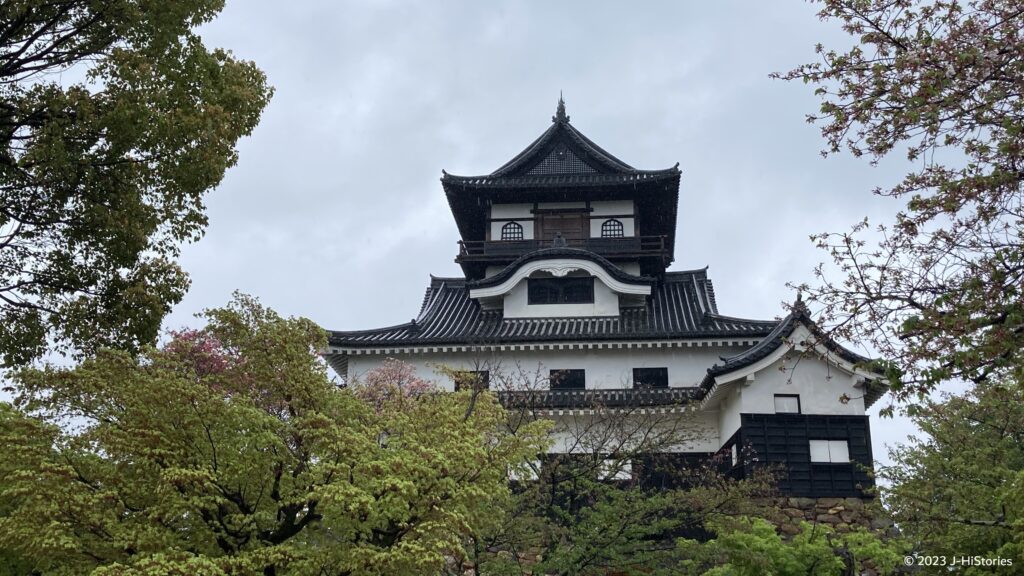
Inuyama Castle was the front line of battles, a dizzying array of castle owners like Oda Nobunaga, Toyotomi Hideyoshi, and Tokugawa Ieyasu. After Ieyasu ruled the nation, his royal retainer, Naruse Masanari, became the lord of Inuyama Castle. The successive Naruse family took an important role in the Tokugawa Shogunate Politics.

Joan is one of three National Treasure-designated teahouses in Japan and the only one that you can visit anytime and enjoy a tea ceremony near the new tearoom. Joan was built by Oda Uraku, a younger brother of Oda Nobunaga. After fighting on the battlefield many times by serving Nobunaga, Toyotomi Hideyoshi, and Tokugawa Ieyasu, he reached his principle of Chanoyu to "entertain the guests".
Recommended Trip in Nagoya & Inuyama
Day 1
- 30 minutite from Meitetsu Nagoya station to Metitetsu Inuyama Uen station on Meitesu Line
- Inuyama Castle
- Joan Teahouse & Chanoyu (Tea Tasting)
- Nighttime Cormorant Fishing - Dinner on the boat & Lightup Inyama Castle (June - October only)
- Hotel Indigo Inuyama Urakuen Garden - stay -
Day 2
- 30 minutites from Metitetsu Inuyama Uen station to Meitetsu Nagoya station on Meitesu Line
- 10 minutes from Nagoya station to Nagoya Castle by taxi
- Nagoya Castle
- 15 minitues from Nagoya Castle station to Atsuta Jingu Nishi Station on Meijo Line Subway (Leftward)
- Atsuta Jingu Shrine & Kusanagi Sword Museum
- 12 minitues from Jingu-mae station to Meitetsu Nagoya station on Meitesu Line

